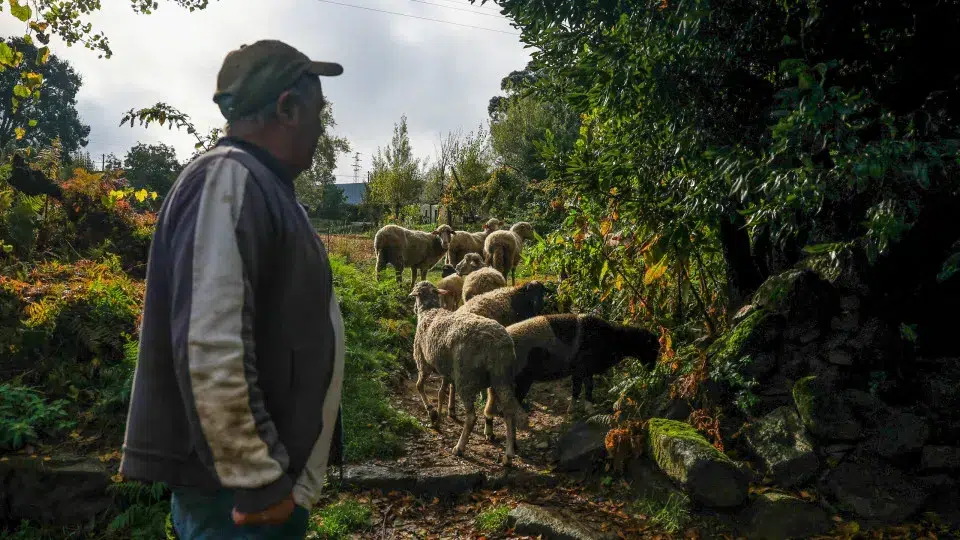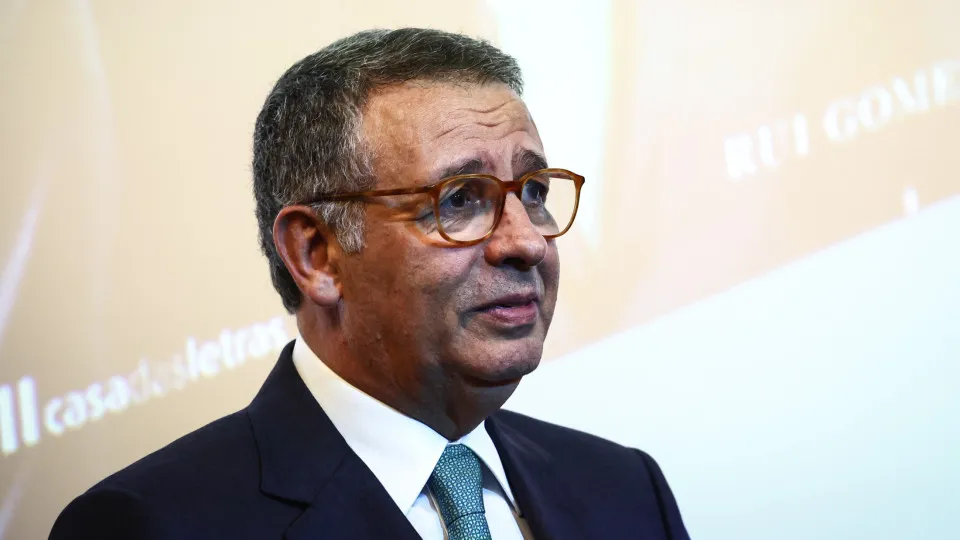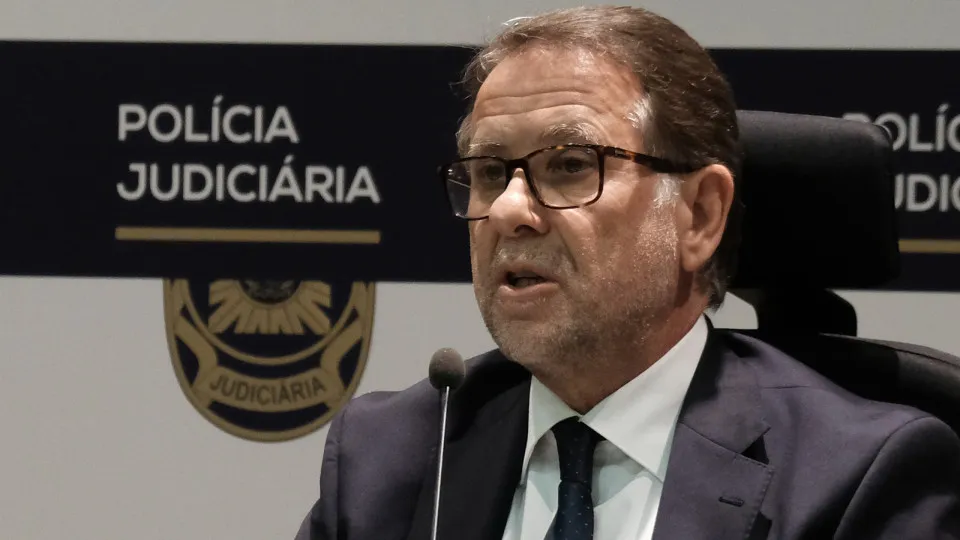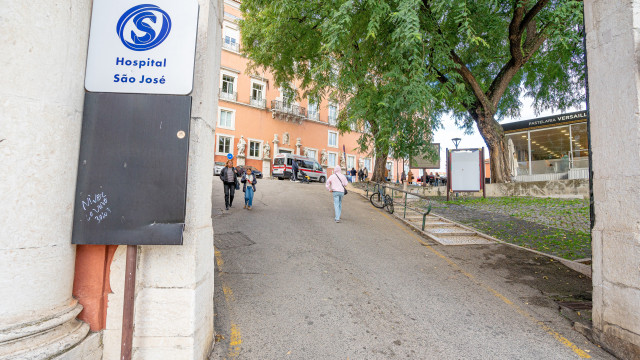
In a morning blessed by much-needed rain, Arnaldo Magalhães, 62, had already tended to his herd when he spoke about a project that could threaten his livelihood: the proposal to relocate the high-speed train station from Santo Ovídio to Guardal de Cima in Vilar do Paraíso, Vila Nova de Gaia.
“I’ve been doing this forever and wish to continue, unless it’s impossible, but it’s not up to me to decide, right?” says the farmer by the land that is part of the National Agricultural Reserve and National Ecological Reserve, which the AVAN Norte consortium (Mota-Engil, Teixeira Duarte, Alves Ribeiro, Casais, Conduril, and Gabriel Couto) aims to convert into a high-speed train station, contrary to the signed contract with the government.
For this farmer, who has worked the land since he was “young,” at 10 or 11 years old, managing goats and cattle, his life involves “plowing fields, sowing grass, planting corn in its season, potatoes, and now vegetables, some wine,” he notes, cautioning that “they’re not quality wines” like others in the North.
“If this really moves forward, I’ll be sad, I won’t be happy. Neither will anyone living here,” he concludes.
This sentiment is shared by Joel Silva, Arnaldo Magalhães’s nephew, living in Guardal de Cima, who mentions the “anxiety” about “not knowing what will happen” and how the community has grown accustomed to their way of life.
“We were approached by a person claiming to be part of the consortium. I don’t know if he is or if it’s an independently contracted firm. He’s contacting everyone – homes and businesses – in this proposed high-speed line area, but even he doesn’t know for sure if it will be here,” says the resident.
At the core of the issue is a proposal made by the consortium in April to the Gaia City Hall (then led by Eduardo Vítor Rodrigues [PS]), after urban planning meetings, suggesting a new station location within the municipality instead of Santo Ovídio, the only officially contracted location as per the July agreement between Infraestruturas de Portugal and AVAN Norte.
With the potential relocation to the outskirts of Gaia, the companies in the São Caetano industrial zone, south of Guardal de Cima, formed an association and condemned the consortium’s “blackmail” over the station’s relocation, which could affect their surface premises.
The new station would move from an area with two metro lines to one without existing access and without current metro link assurance, though the consortium proposed extending the Rubi line to the new station in April.
“We view this with enormous perplexity. This doesn’t make sense, only in Portugal, because, since 2022, the project foresees that the station is designed 60 meters deep with a 10 to 13-kilometer tunnel to prevent demolitions and address environmental concerns,” recalls a resident well-versed in the matter.
For Joel Silva, none of this makes sense, expressing it’s “confusing” and “nobody understands.”
“The consortium, when bidding for the contract, knew in advance the station would be in Santo Ovídio and underground. How do they bid, win, and not even test in Santo Ovídio or anything? They start a ‘Plan B’ their way, unrelated to the initial project, it’s incomprehensible, no?” he shares.
José Jorge, a retired 82-year-old, is not in a state to “bother with anything” after personal disappointments, leading “a very dull life.”
“What I want, my friend, is for them not to tear down my house. That’s my answer. It cost me so much in my life, with all the troubles and disappointment, and now, at the end of my life – yes, as I’m 82 and may have one, two, or three good years left – they want to tear my little house down,” he lamented, despite lacking full information.
Recounting how a technician linked to the consortium once came to speak with him to check if everything was okay, the elderly man could only reply “everything is wrong.”
“A person spent years paying off their little house, and now people I don’t even know come wanting to clear it all away. It’s not right,” he asserts.
The anxiety from the uncertainty surrounding the high-speed line project contrasts with the “great peace” and “pure air” offered by that rural Gaia enclave, wedged between an industrial area and a consolidated urban center.
“At my age, I need tranquility, and they want to take that away. Pure air… it’s a sacred little corner. To me and to all here. For everyone, it’s a sacred place. We live here, sometimes take a walk, chat with the farmer, and such… it’s the end of life,” concludes José Jorge.




